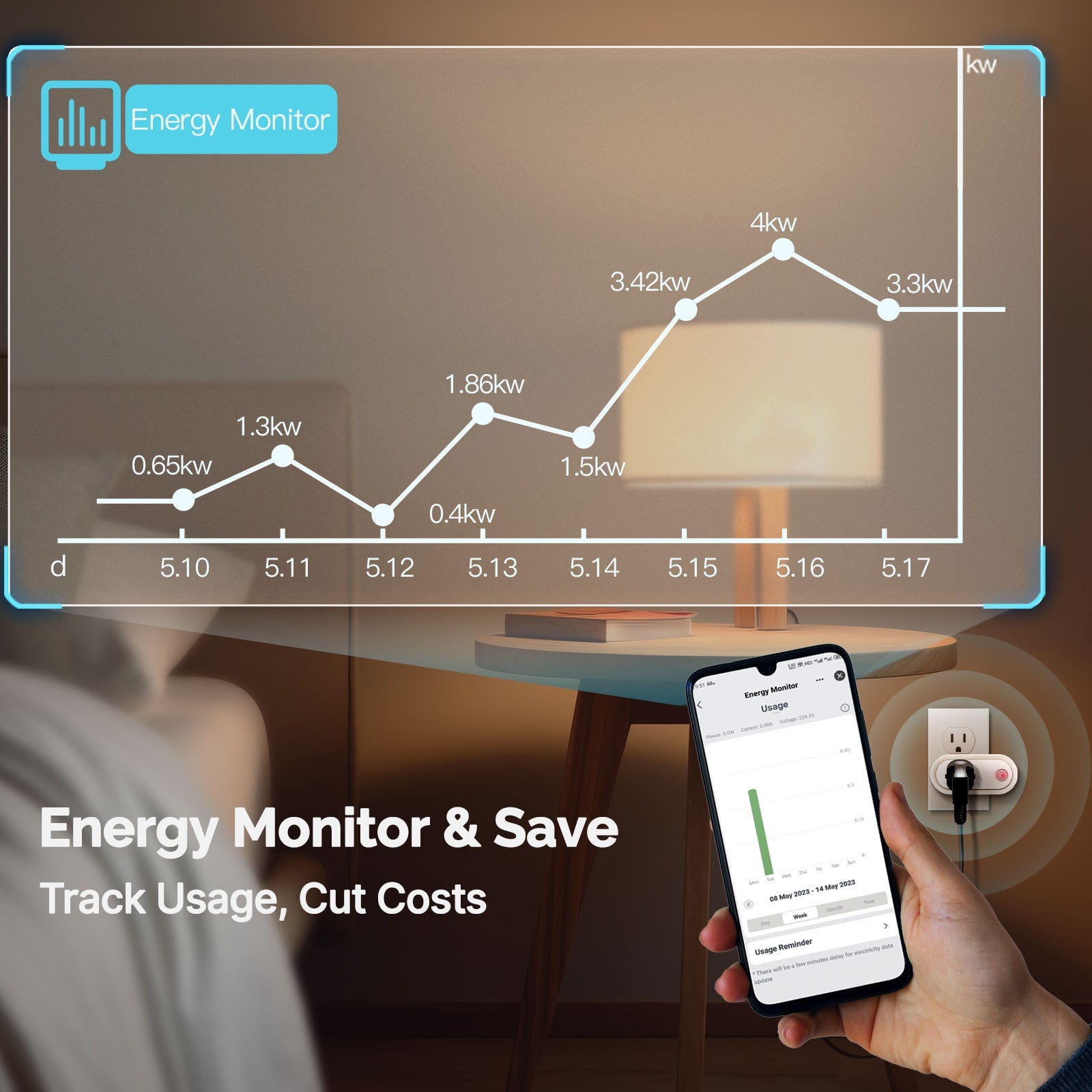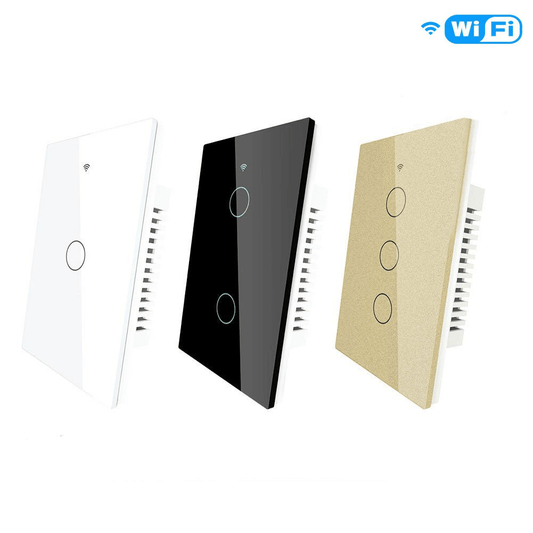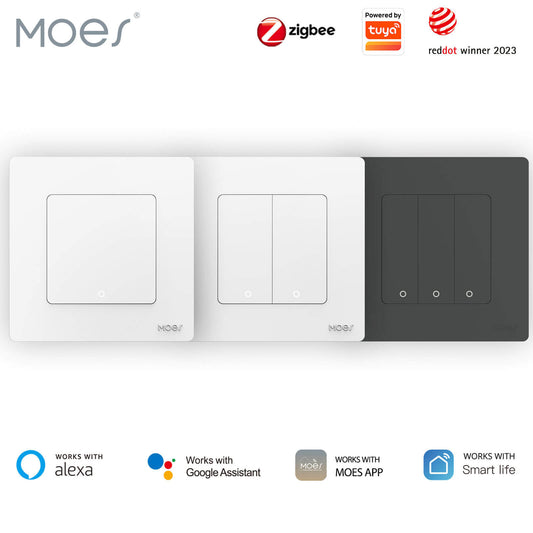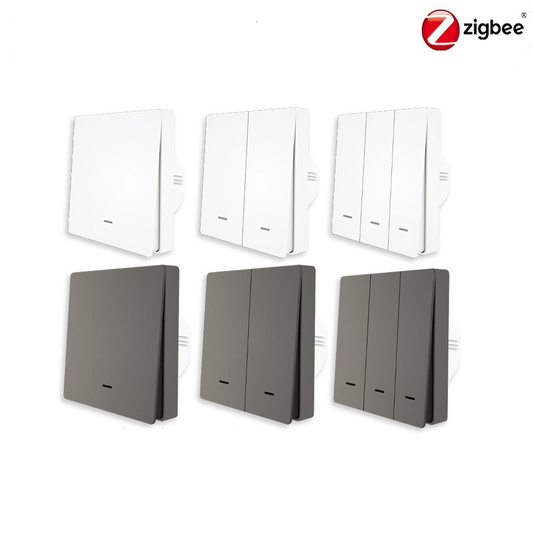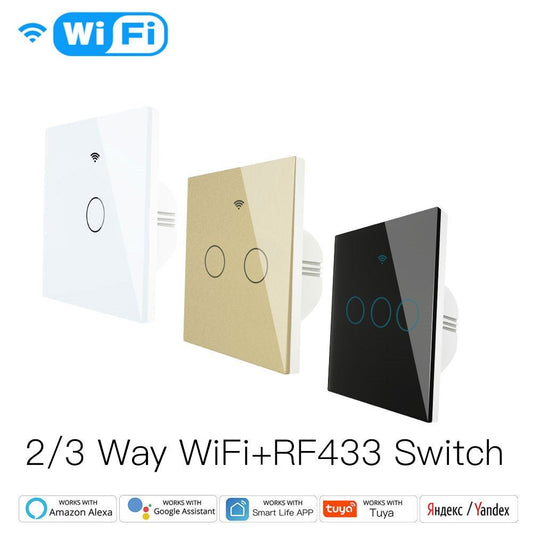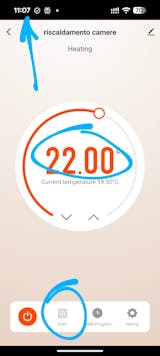In the rapidly evolving landscape of today's technological society, the quest for efficiency and sustainability has led to the emergence of innovative solutions.
Among these, smart plugs have garnered widespread popularity as potent tools for transforming ordinary devices into smart ones, often serving as the initial step towards creating a smart home.
These intelligent plugs come equipped with a range of high-quality features, some of which provide users with effective strategies to conserve energy and reduce utility expenses.
With the escalating costs of energy, individuals are increasingly seeking diverse methods to curtail their living expenses.
Despite the recognition of smart plugs for their energy-saving advantages, their practicality within smart home setups is frequently overlooked.
This article aims to uncover the true potential of how smart plugs contribute to energy savings and play a pivotal role in realizing your smart home aspirations.

What is Smart Plug?
A smart plug is a compact device crafted to fit directly into a standard wall outlet, featuring an identical socket on its side for seamless appliance connection.
Essentially serving as a remote control for the associated outlet, this intelligent plug empowers users to effortlessly plug in their electrical devices.
What sets it apart is its remarkable intelligence, allowing remote or automated management via WiFi connectivity with other smart home devices.
Through this connection, users can employ voice commands from Amazon Alexa or Google Home, or use a dedicated mobile app on their smartphone to remotely turn connected devices on and off. Furthermore, the application facilitates the creation of scheduled operating routines.
A notable characteristic of smart plugs is their ability to eliminate physical constraints, providing control over the state of the plugged-in product from any location within the home.
The cost-effectiveness of these plugs ensures accessibility for a broad user base, allowing individuals to enhance the efficiency of their home automation.
Consequently, smart plugs bring unparalleled convenience by enabling the management of wired devices from any point within the comfort of one's home, eliminating the need for physical interaction while responding promptly to signals conveyed by the dedicated application.

Enhanced Structure of WiFi Smart Sockets
WiFi smart sockets typically consist of three essential components.
First, the physical button modules are responsible for directly controlling the socket's on/off switch and establishing an internet connection. This integral part facilitates the manual operation of the socket and ensures seamless integration with online platforms.
Second, the WiFi module, equipped with an integrated circuit microchip and memory chip, plays a crucial role in connecting the socket to routers and remote servers. This connectivity allows users to control the socket through their smartphones.
Lastly, the relay module serves as the powerhouse, managing the high voltage cut-off. It's important to note that the maximum current parameter on the smart socket may vary, typically ranging between 10A and 16A.
This parameter indicates the highest level of current that the relay module will permit to pass through, ensuring safe and efficient operation.

How Do Smart Plugs Work?
Smart plugs seamlessly integrate programmable automation through energy-saving converters (PLCs) with standby energy-saving technology, providing efficient control over electrical equipment.
Utilizing infrared sensing, these advanced plugs activate power and initiate regular device operations.
The sophisticated built-in smart IC chip not only automatically detects fluctuations in online current but also facilitates device idleness detection and automatic shutdown, effectively eliminating wasteful standby energy consumption.
Setting up these intelligent devices is straightforward. Simply plug them into an electrical outlet and power them on.
Subsequently, download the relevant application and log in to initiate the setup process. Activating pairing mode is as easy as pressing and holding the plug's power button for a few seconds, allowing seamless Wi-Fi connection and linking to the desired devices for control.
Some smart plugs even feature multiple outlets and USB ports, enabling the management of numerous gadgets or devices individually or collectively with ease.

How Much Energy Do Smart Plugs Use?
To assess the energy efficiency of smart plugs accurately, it's crucial to examine their energy consumption. Typically, smart plugs exhibit minimal power consumption, hovering around 1 watt in standby mode.
Given that their primary state is either standby or operational, involving minimal high-power activity, the energy consumption remains modest.
During operation, smart plugs play a controlling role in device scheduling rather than acting as direct power suppliers, resulting in minimal impact on power consumption.
When connected to Wi-Fi, smart plugs generally consume approximately 1-2 watts of power per day.
Notably, if a smart plug operates on a Zigbee or Z-wave network instead of Wi-Fi, its power consumption may be even lower, ranging between 0.3 - 0.6 watts in these network types.
This illustrates the efficient power management of smart plugs, making them a cost-effective and environmentally friendly addition to your home automation setup.

Do Smart Plugs Save Energy?
Indeed, they do. When used correctly, smart plugs can help you save energy and ultimately reduce utility costs in the long term. Some smart plugs also provide energy consumption data that you can use to make your home more energy efficient.
Some of these statistics can even help determine where the bulk of your spending is going. You can double-check this information and make the necessary changes to save money.
Tracking power consumption is just one way smart plugs can promote savings on utility bills. Want to know if an appliance plugged into an electrical outlet uses electricity?
As mentioned before, a significant portion of your electricity bill comes from devices in standby mode - many gadgets don't shut down completely when turned off manually, but instead switch to standby mode and continue to draw power.
Turning off the TV at the wall saves energy - while it will subtly reduce your activity-related energy expenses, it will certainly take the burden off some of the accumulated expenses.

How to use smart plugs to save energy in appliances?
To optimize energy savings using smart plugs, you can follow these strategies:
Remote Device Shutdown
Smart plugs offer remote control through smartphone apps, allowing you to turn off devices from anywhere globally. This feature eliminates the need to worry about forgetting to switch off appliances when leaving for work, resulting in significant savings, especially for those prone to forgetfulness.

Utilize Scheduling
A key advantage of smart plugs is the ability to schedule when devices turn on and off. Whether you're at home or away, scheduling can be employed to activate appliances strategically.
For instance, you can schedule the air conditioner to turn on before you arrive home. This is not only convenient but also helps manage peak energy demand periods.
For instance, electric car chargers can be set to operate during off-peak hours, reducing energy loads and saving costs. Smart plugs enable you to automate the shutdown of these outlets when not in use, ensuring optimized energy efficiency.
 |
Energy Consumption MonitoringGain deeper insights into your energy usage by investing in smart plugs that provide real-time energy consumption data. These devices eliminate guesswork by revealing the exact energy drawn from connected appliances. Monitoring energy consumption helps identify high-energy-consuming devices, allowing you to address power management issues without consulting manuals. Additionally, it provides a clear overview of the areas in your home contributing the most to your monthly utility bills, enabling more precise planning. |
By implementing these strategies, you can harness the full potential of MOES smart plugs, creating a comprehensive energy-saving plan that not only lowers utility bills but also enhances your understanding of energy usage patterns through the convenient MOES APP.
Choosing the Perfect Smart Plug for Your Needs
When looking to purchase a smart plug for energy-saving purposes, consider the following factors to ensure optimal performance:
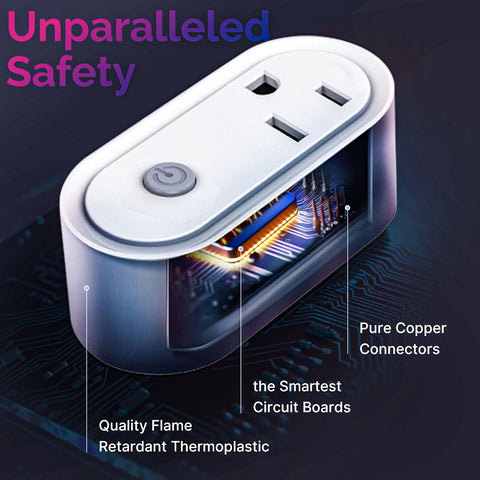 |
CompatibilityVerify that the smart plug is compatible with the smart home platform or ecosystem you utilize. Some plugs are tailored to specific smart assistants like Alexa or Google Assistant, while others may support multiple platforms. Compatibility is crucial for seamless integration into your existing smart home setup. Current CapacitySelect a smart plug with an adequate current capacity based on the power requirements of your connected electrical devices. The current capacity is typically measured in amps (A), ensuring the plug can safely handle the load of your device without any issues. |
Reliability and Brand Reputation
Prioritize brands with positive user reviews and a strong reputation in the market. Established and reliable brands often deliver more stable and durable smart plug products, ensuring long-term satisfaction with your purchase.
Safety Features
Ensure that the smart plug adheres to relevant safety standards and holds certifications. Some plugs come equipped with safety features such as anti-overload and overheating protection, safeguarding both your equipment and personal safety during usage.
IoT Ecosystem Integration
If you already own other IoT devices in your home, opt for a smart plug that seamlessly integrates with your existing smart home devices. This integration enhances overall home management, allowing you to create a cohesive and intelligent ecosystem.
By carefully considering these factors, you can make an informed decision and select a smart plug that aligns with your specific requirements. Choosing the right smart plug not only enhances daily convenience but also contributes to intelligent home energy management, promoting sustainable and efficient energy use.
Final Thoughts
For those seeking additional avenues to manage their home's power, we invite you to explore the diverse selection of high-quality smart plugs and other smart sockets available at MOES.
These intelligent devices offer an array of features that enable more convenient, smart, and sustainable home energy management, enhancing comfort in your daily life.
Let the power of smart technology serve as a valuable assistant for your household, contributing to the creation of a smart and comfortable living environment. Welcome to a future where innovation meets efficiency in home automation.

